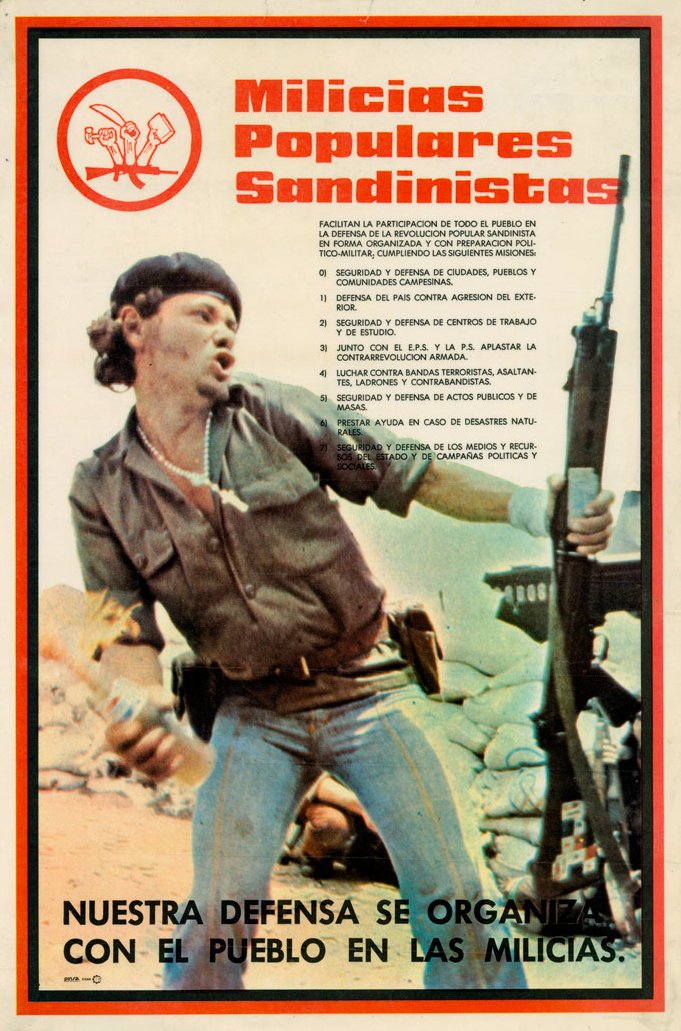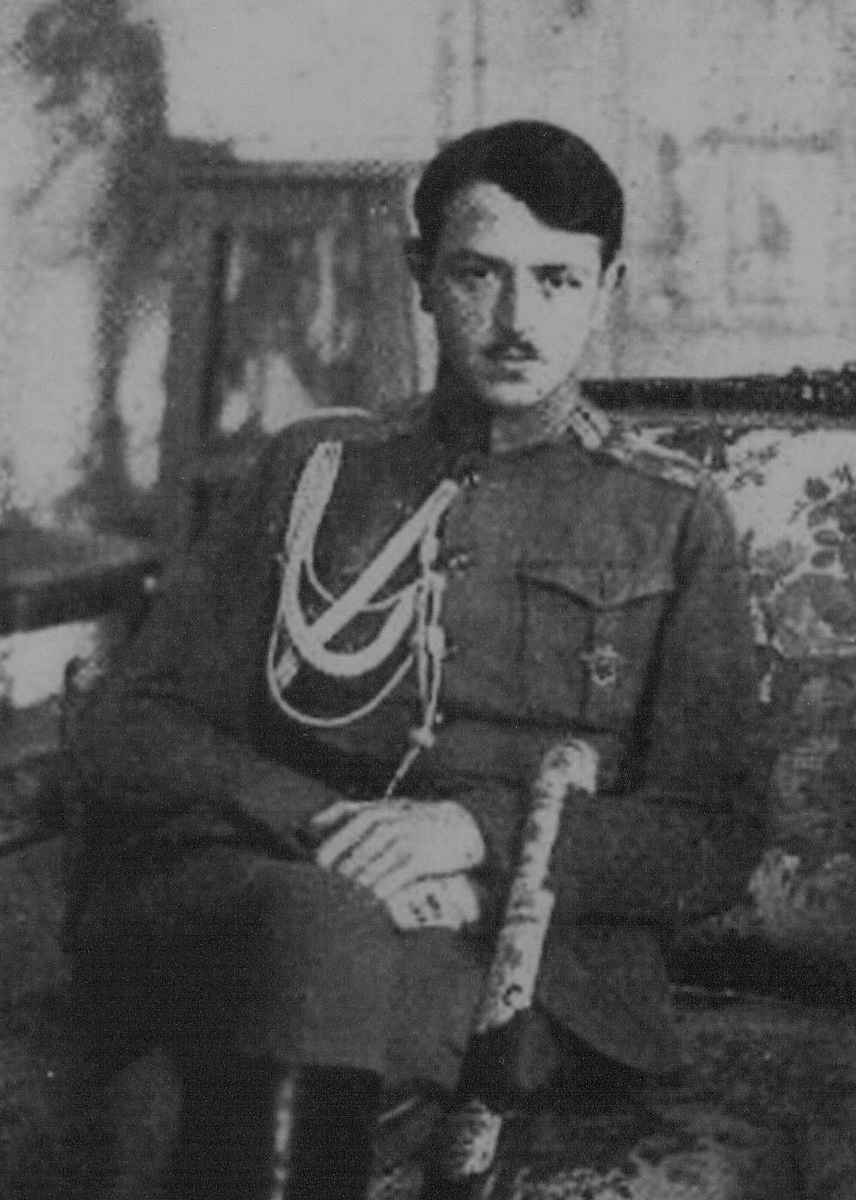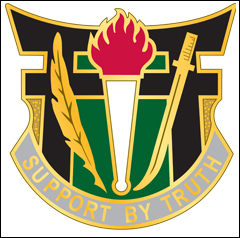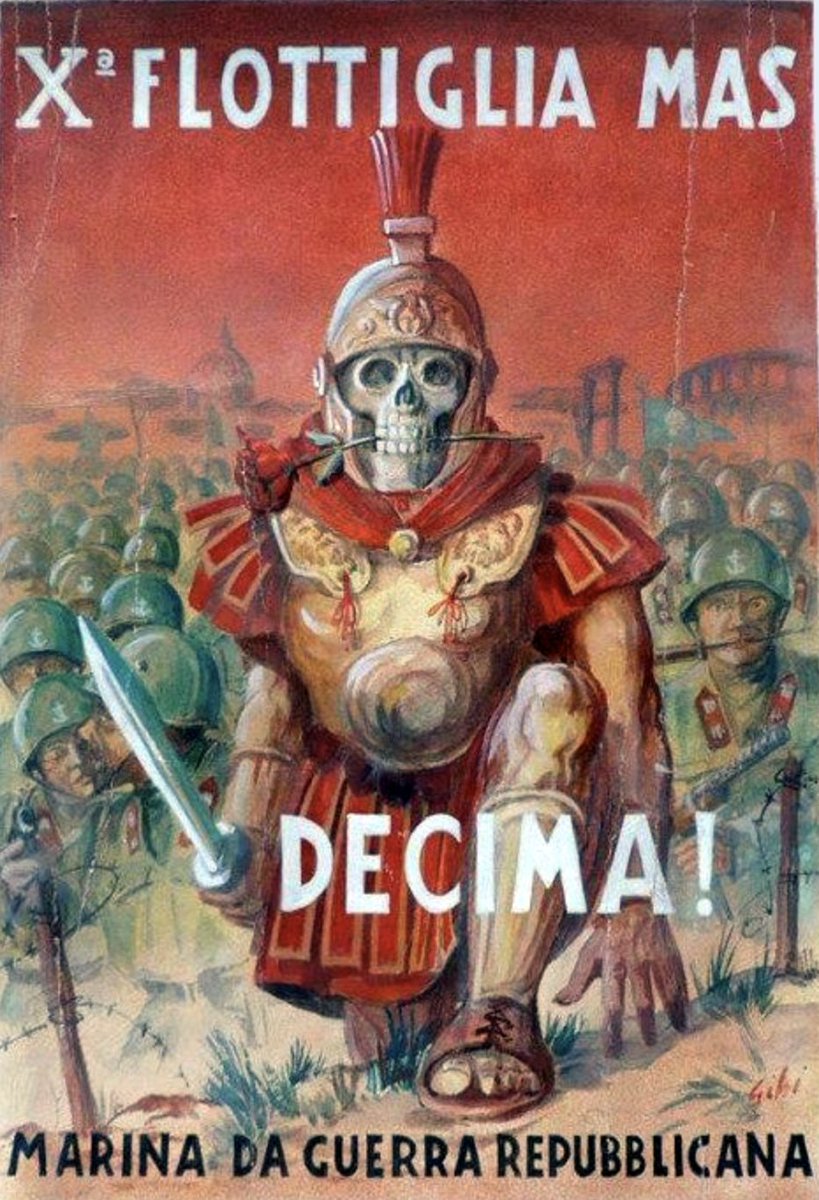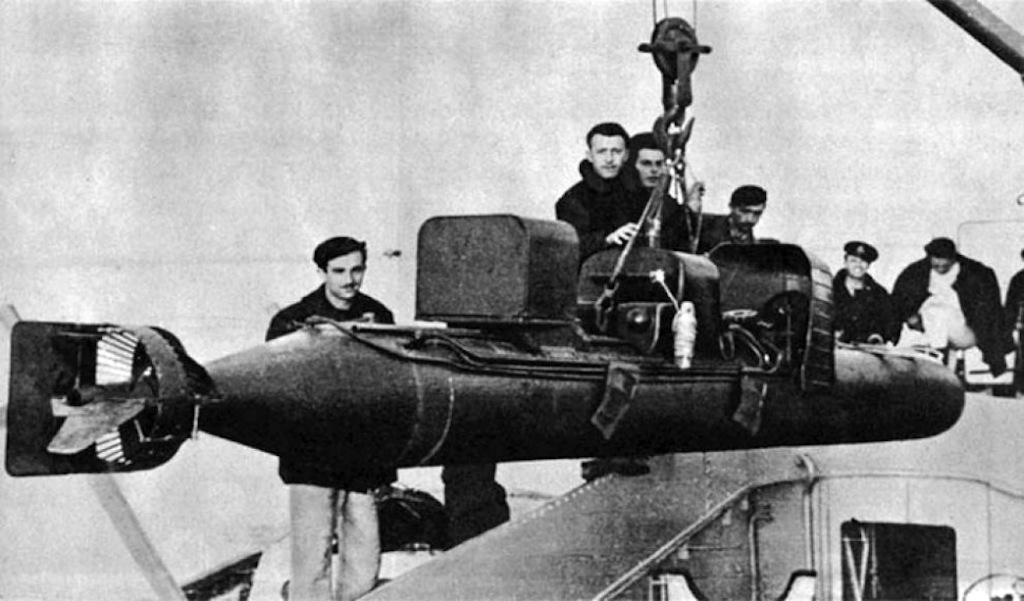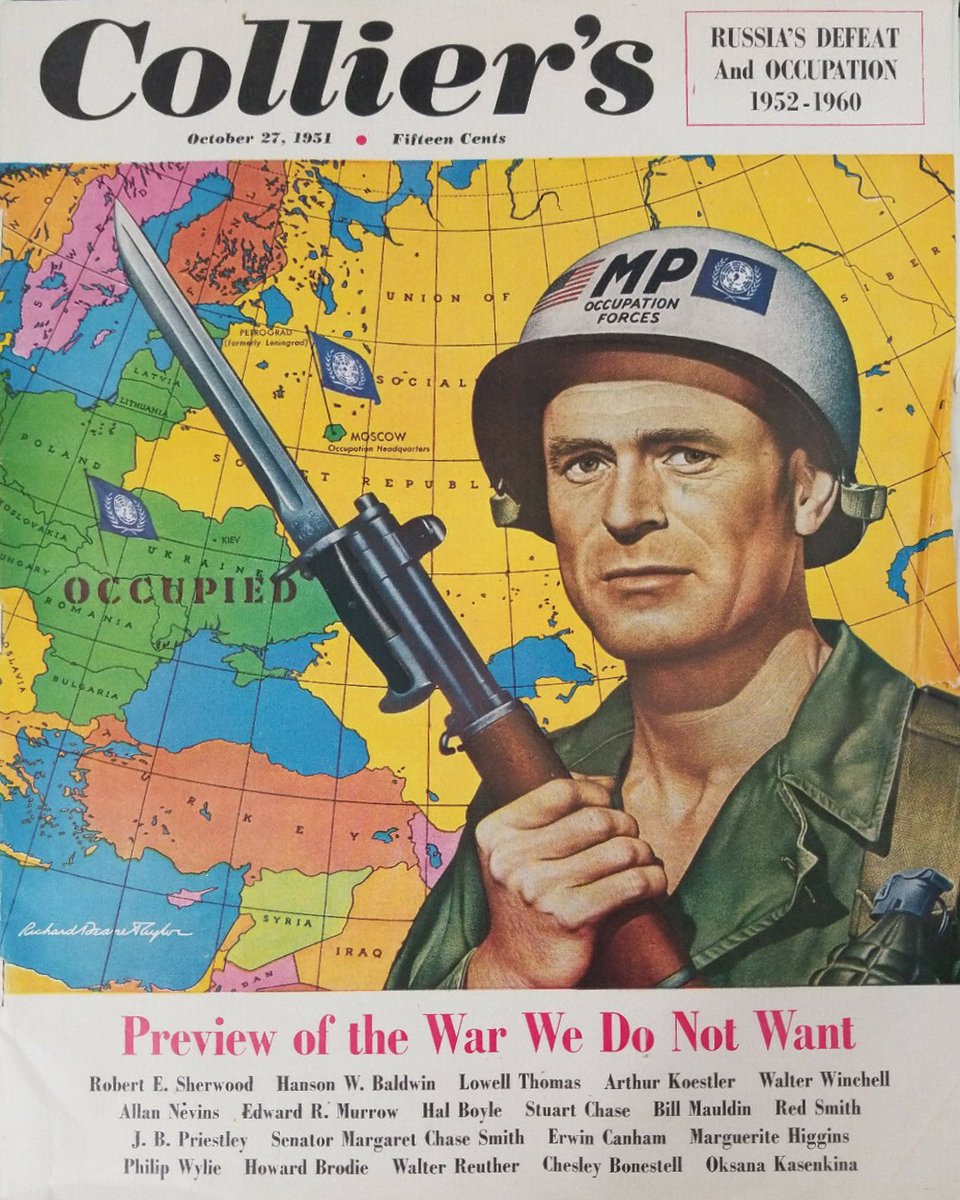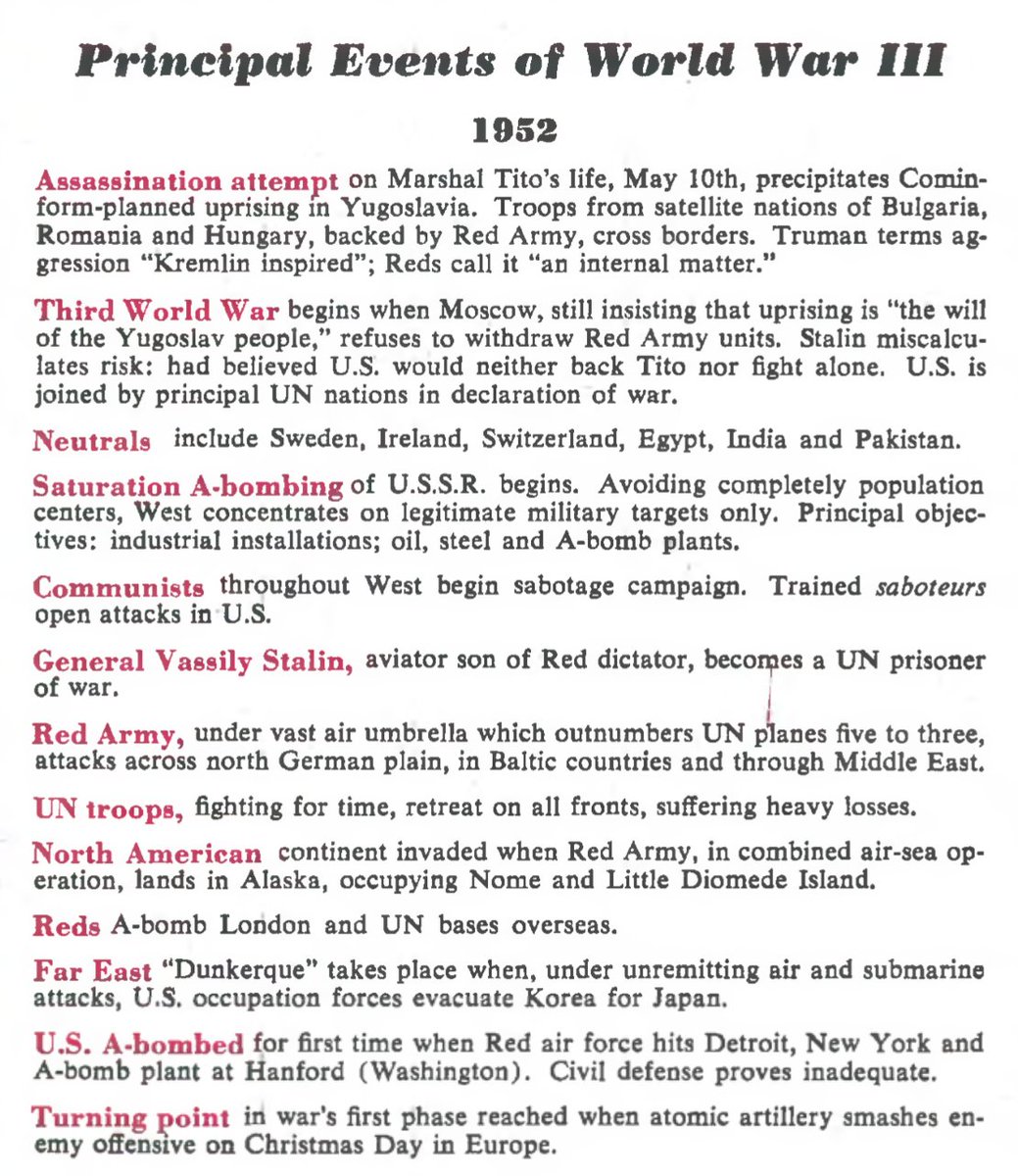
Lucky Strike adverts from a 1942 campaign launched after changing the packs' colour from green to white: 'Lucky Strike GREEN has gone to war!' 
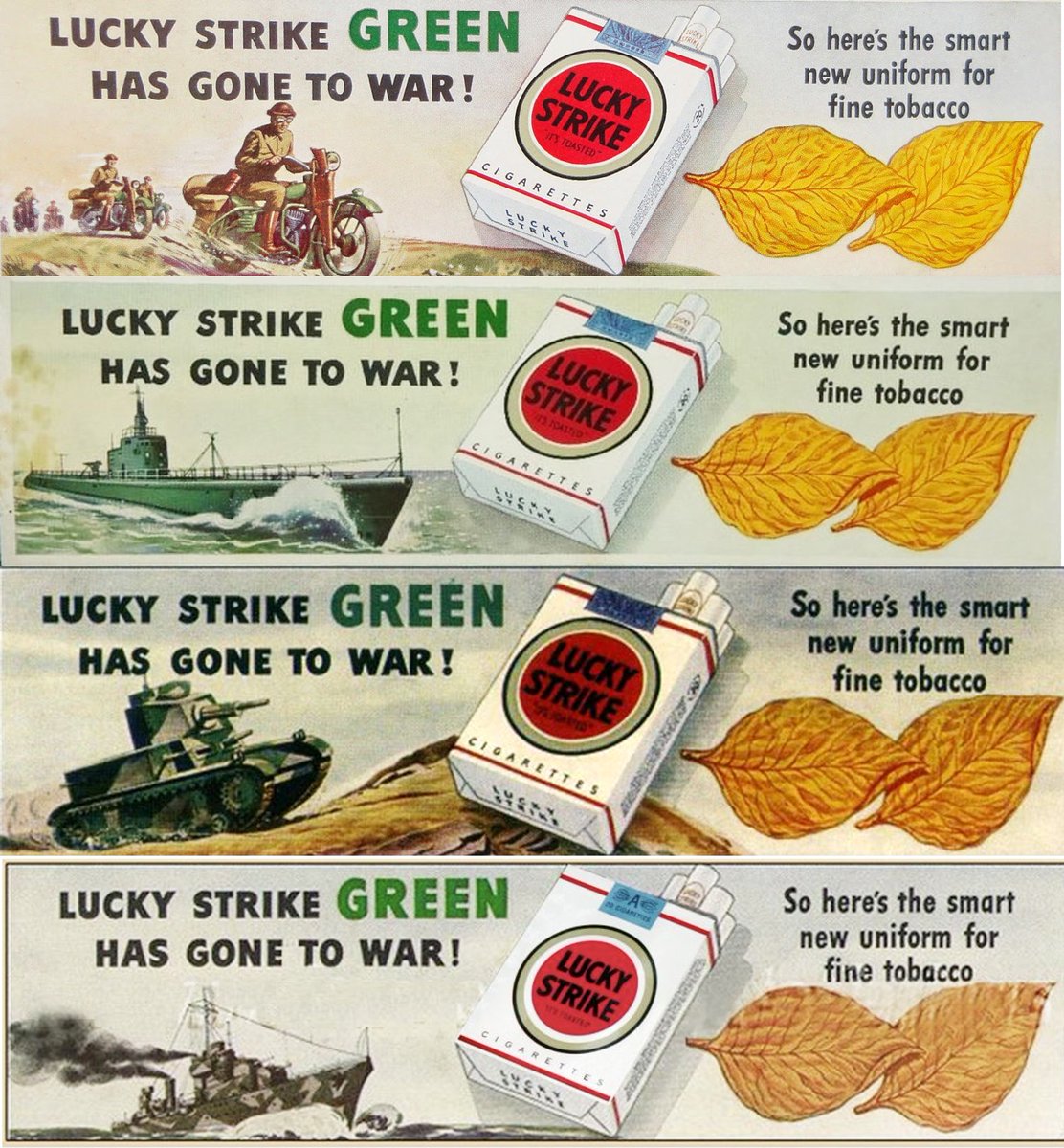
(The gist obviously being that the green previously used in the cigarette packaging is now being used for military equipment)
The campaign played on patriotic themes but the rebrand had been planned for some time. Designer Raymond Loewy was commissioned for the purpose, tasked with designing a pack more attractive to women. 



The slogan generated a small controversy after Dan Golenpaul - host of Lucky Strike-sponsored radio show Information Please - complained that the slogan was 'lousing up my program'. content.time.com/time/subscribe… 

• • •
Missing some Tweet in this thread? You can try to
force a refresh



